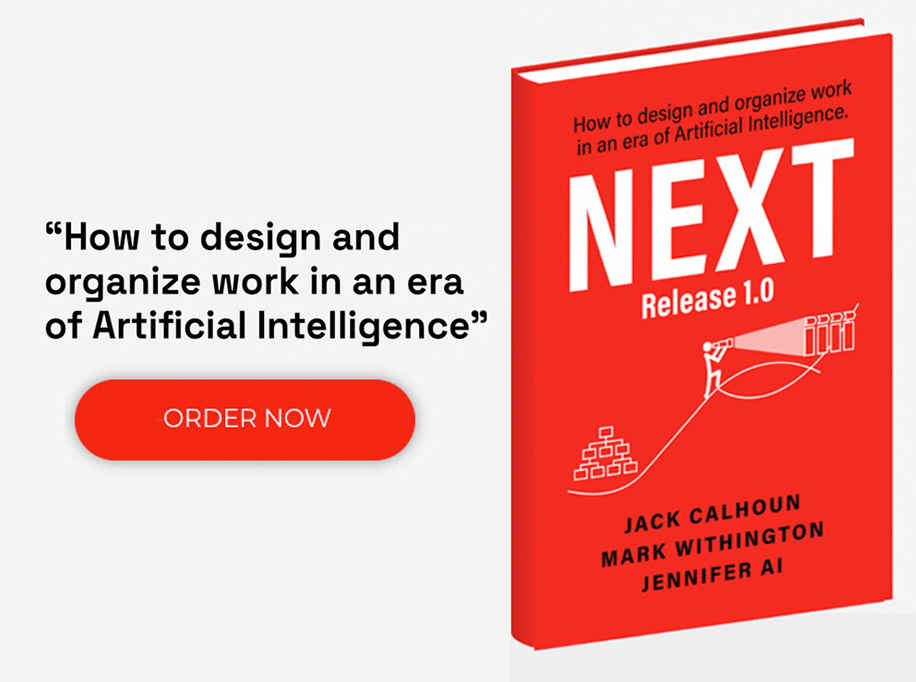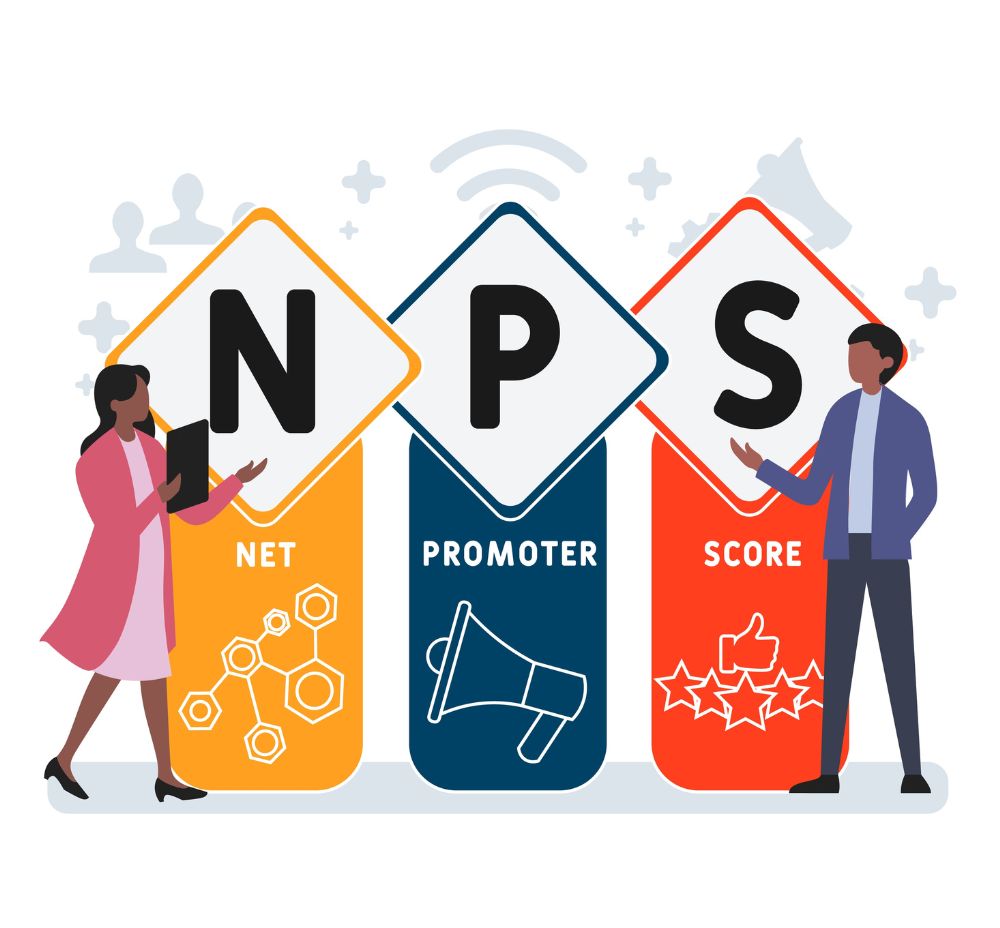In the complex and ever-evolving business landscape, understanding the intricacies of an operating model is crucial for any organization aiming to achieve strategic goals and maintain a competitive edge. But what is an operating model? This blog explores the essence of operating models, shedding light on what they are and how they differ from business models. We will also explore operating models’ pivotal role in enhancing decision-making, optimizing resource allocation, and streamlining daily operations to foster customer-centric approaches. Let’s dive in.
What is a Business Operating Model?
While the terms operating model and business model are often used interchangeably or combined into one term (i.e., business operating model), there are some key differences between the two. Exploring the nuances can give businesses a competitive advantage over those who only take the terms at face value.
Operating Model vs. Business Model
A business model focuses on how a company operates and generates revenue. It includes components such as market launch strategy, customer segments, product or service lines, price points, customer acquisition efforts, and product or service delivery, among other factors included in the strategy.
On the other hand, the operating model describes what a business does to deliver its value proposition to its customers. Unlike the organizational chart, which describes what employees do for the company, the operating model describes how people, processes, and technology work together to deliver value to its customers and achieve the organization’s strategic goals.
Importance of Operating Models
Operating models play a crucial role in guiding decision-making, resource allocation, and daily operations across the function silos that the org-chart often creates. They pave the way for customer-centric thinking, which is critical in today’s highly competitive atmosphere. An effective operating model aligns the organization’s core capabilities (people, processes, and technology) with its strategic objectives, ensuring efficient and consistent value delivery.
How to Build an Operating Model
Operating models represent the “What” an organization does to deliver its value proposition to its customers, and therefore, they should look similar within an industry… However, each organization within that industry will accentuate particular parts of their operating model differently to reflect and defend their sustainable competitive advantage.
The basic steps involved in developing an operating model are as follows:
- Define Your Value Proposition: Clearly articulate what market sector(s) your organization is focusing upon, what problem that sector is experiencing, how your organization addresses this problem differently from your competitors.
- Determine the five or six “Families” delivering that value prop. A generic starting point might include five Capability Families like: Develop New Product; Attract Prospects and Convert to Customers; Deliver Products and Services; Administer and Support Customers; Retain Customers and Promote Loyalty).
- Design your model: Once you’ve landed upon your Capability Families scaffold out the sub-capabilities that support that family.
- Pressure test the model with frontline personnel from a healthy cross-section of the org chart delivering the products and services to ensure you’ve not missed anything
While this approach will help you get your business off the ground, at Accelare, we help companies take their operating models to an entirely new level by evaluating digital disruption and building an operating model that not only runs and improves your existing 1.0 business model, it also positions the organization to transform into its 2.0 business model. We are experts in working with businesses of any size, purpose, and maturity to develop successful strategies for transformation, operations, and business. Use our expertise to create a competitive advantage for your business today.
If you want to learn more about digital disruption and your organization’s exposure, please click here to take our quick, online, 4-minute Digital Disruption assessment. Upon submission, you’ll receive an evaluation of your organization’s business model exposure to the disruptive forces that new technology (AI, IoT, Big Data, etc.) introduce. The report views this disruption through a framework we call Enterprise Fitness and consists of the following four sections:
- The Domains of Digital Disruption
- Your Organization’s Digital Exposure
- The Digital Disruption Maturity Model
- Your Organization’s Digital Disruption Maturity Level











